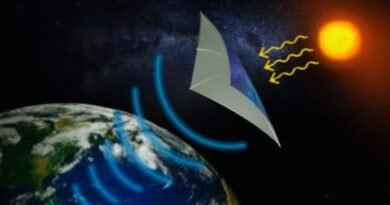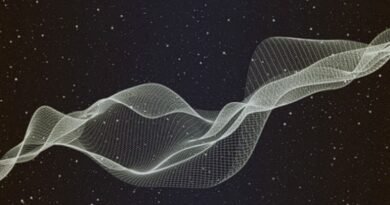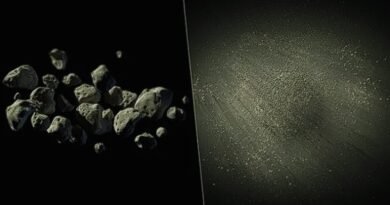Unlocking Quantum Secrets: Beyond the Expected Weirdness

Understanding quantum physics becomes less daunting when you shift your perspective from envisioning atoms as tennis balls to conceptualizing them as waves navigating through water. At the microscopic level of atoms and electrons, quantum physics governs the behavior of these tiny entities, influencing everyday technologies like solar panels, LED lights, mobile phones, and MRI scanners.
While the quantum realm might initially appear extraordinary, with objects seemingly existing in two places at once and traversing barriers, such behaviors become more intuitive when you abandon the notion of particles as tiny tennis balls. Instead, consider them as waves generated by moving your hand through water. At this scale, everything can be viewed as composed of waves.
To demystify quantum behavior, let’s explore three key quantum phenomena that are seemingly bizarre but find parallels in normal water waves, along with the distinctive aspect that sets the quantum world apart.
1. Not Weird: Heisenberg’s Uncertainty Principle
In quantum physics, tracking the precise position and momentum of an object simultaneously is impossible, as described by Heisenberg’s uncertainty principle.
Waves, whether quantum or water, exhibit inherent uncertainty. Attempting to pinpoint both the position and wavelength becomes challenging due to the fickle nature of waves.
Quantum objects, in a superposition of states, mirror the behavior of waves that can exist in multiple places simultaneously.
2. Not Weird: Entanglement and Superposition
Entanglement, a quantum concept where two waves share properties, is likened to creating waves in oil and vinegar. The waves in each liquid are linked, and their properties are interconnected.
Superposition, the ability of quantum objects to exist in multiple states simultaneously, aligns with the behavior of waves that can split and flow through different channels concurrently.
Quantum technology utilizes entanglement for applications such as unbreakable encryption.
3. Not Weird: Tunneling
Quantum particles can pass through barriers with some probability, a phenomenon known as tunneling. This is analogous to certain water waves penetrating barriers.
In your bathtub, a wave can seemingly tunnel through an underwater wall if sent at a glancing angle, demonstrating a similar principle to total internal reflection of light rays.
The Truly Weird: Quantum Measurement
Quantum weirdness emerges when measuring a quantum object. Unlike water waves, where measurement does not alter their behavior significantly, measuring a quantum wave causes it to concentrate entirely in one location.
The mathematical equations describing quantum waves don’t elucidate the outcome of measurements, leading to ongoing debates among physicists on how to interpret this unique aspect of quantum physics.
In essence, embracing the wave-like nature of particles provides a more intuitive grasp of quantum phenomena, but the true peculiarity arises during quantum measurements, setting quantum physics apart from the behavior of water waves.








